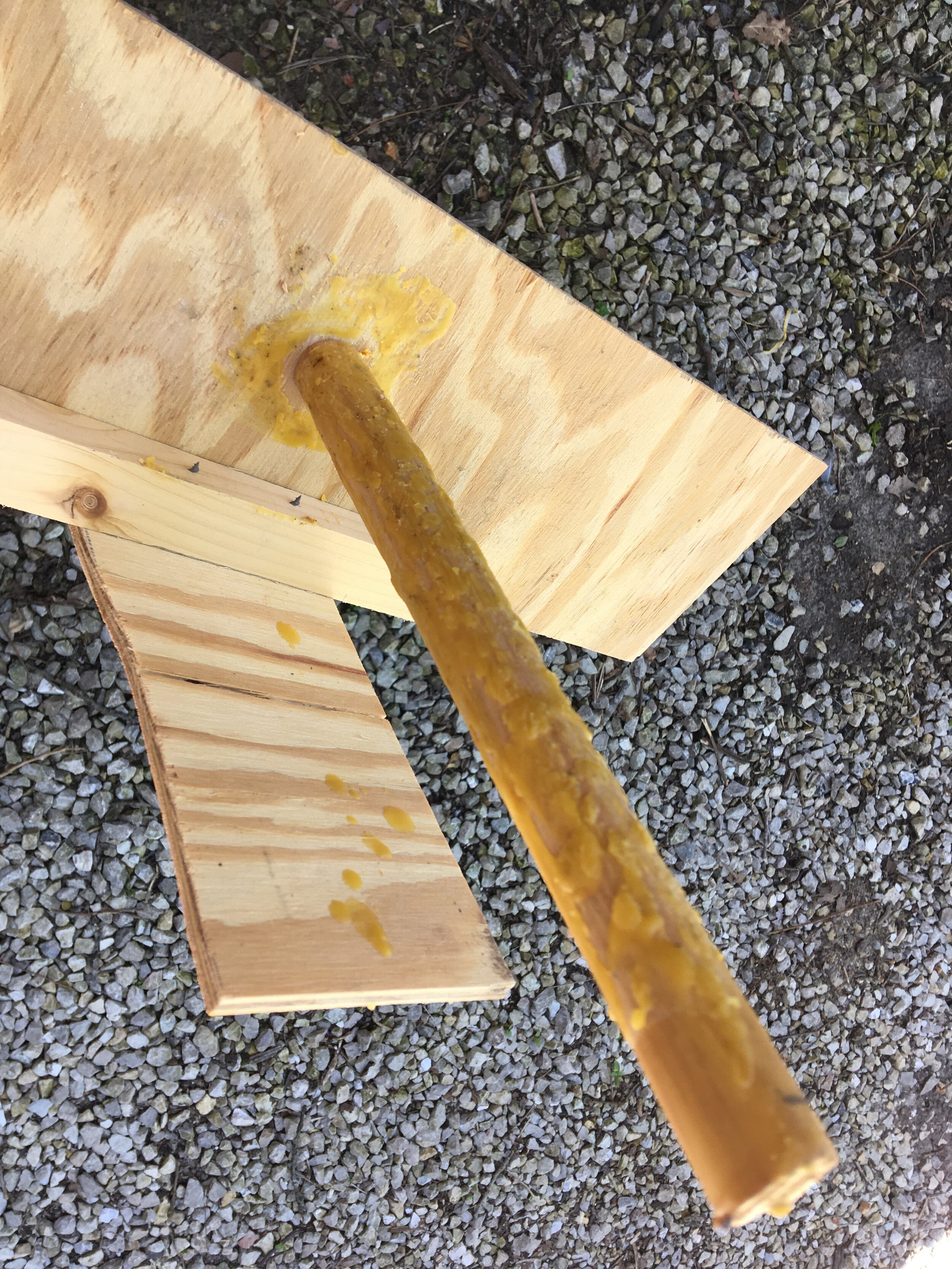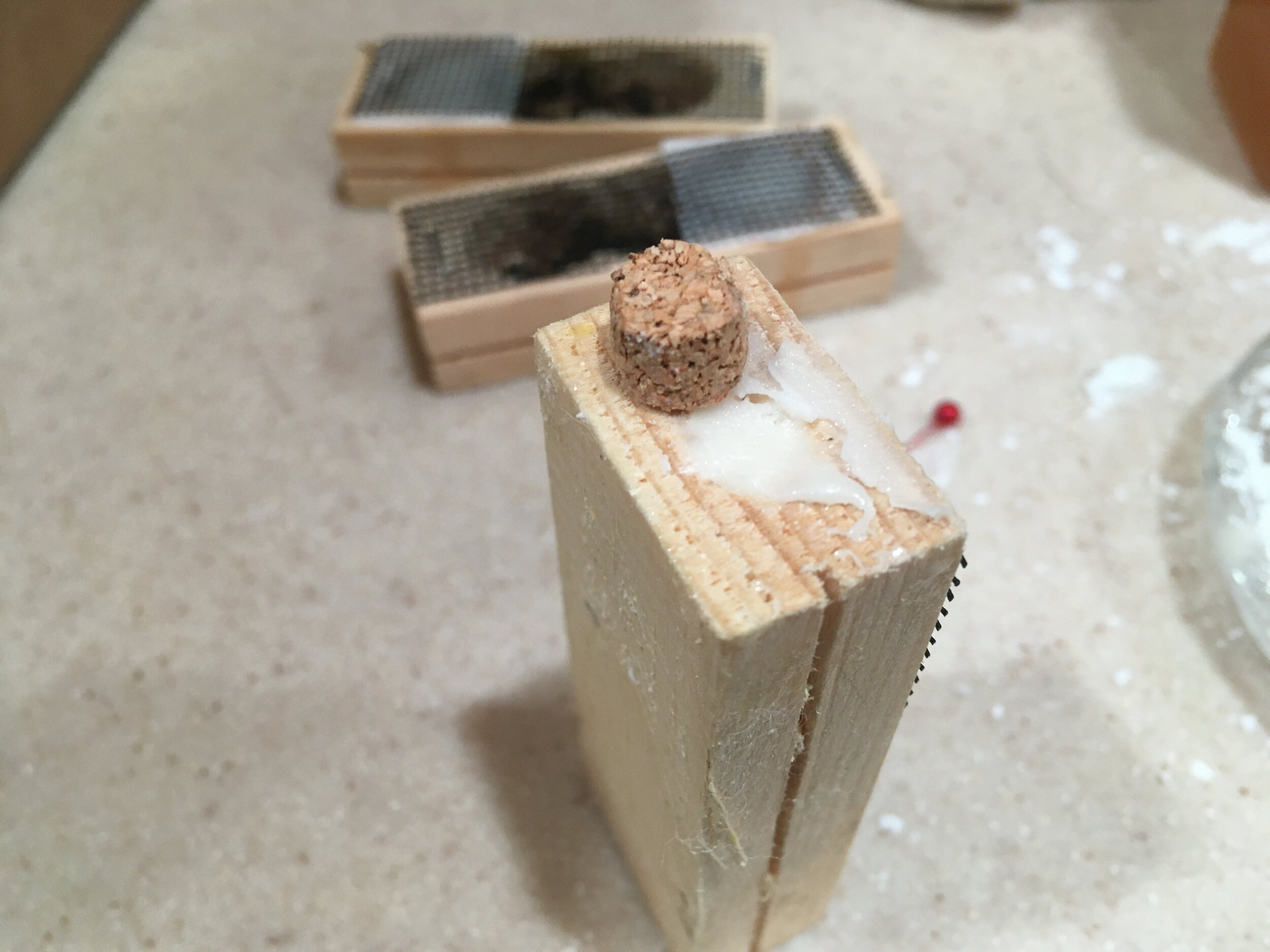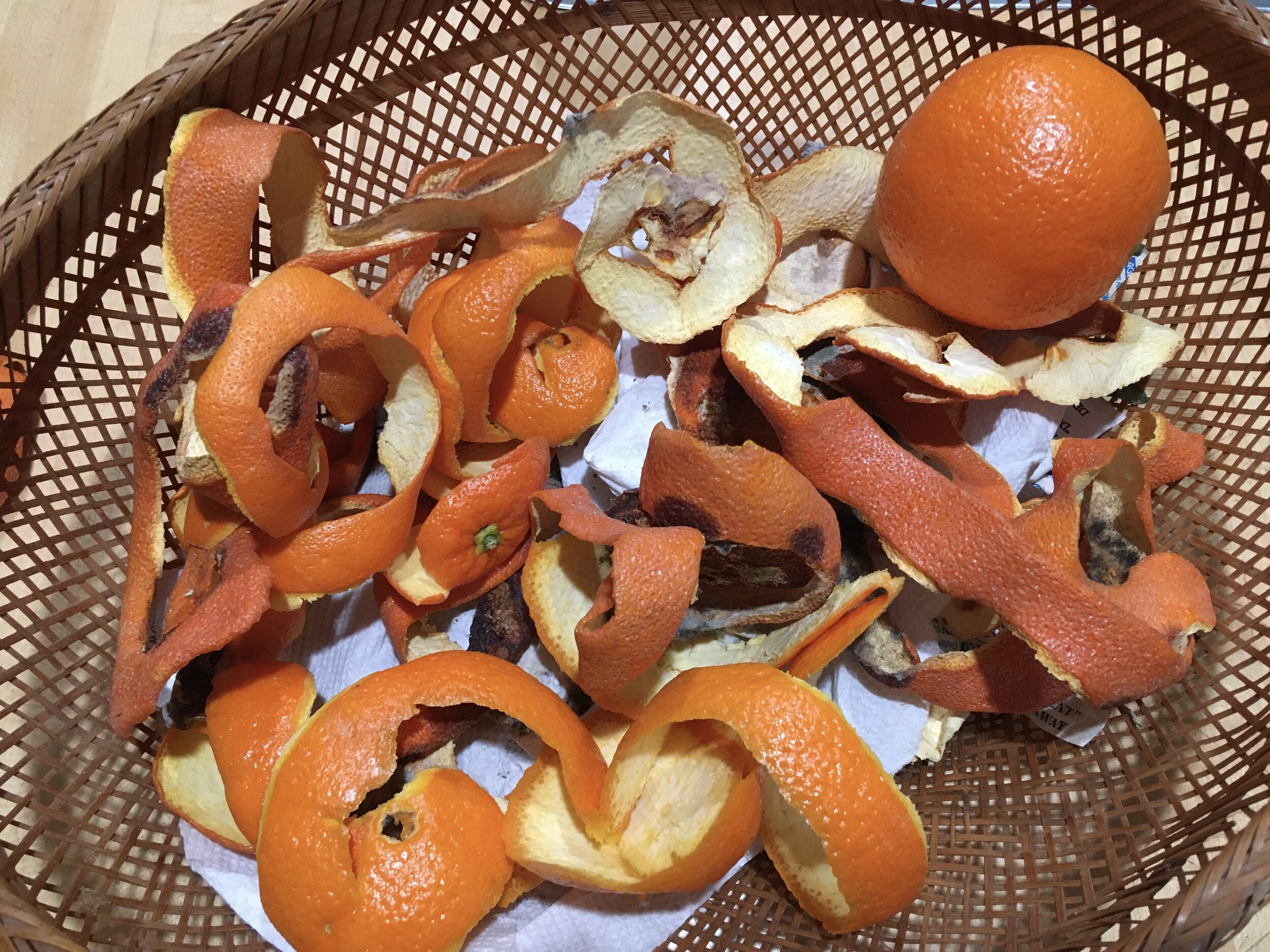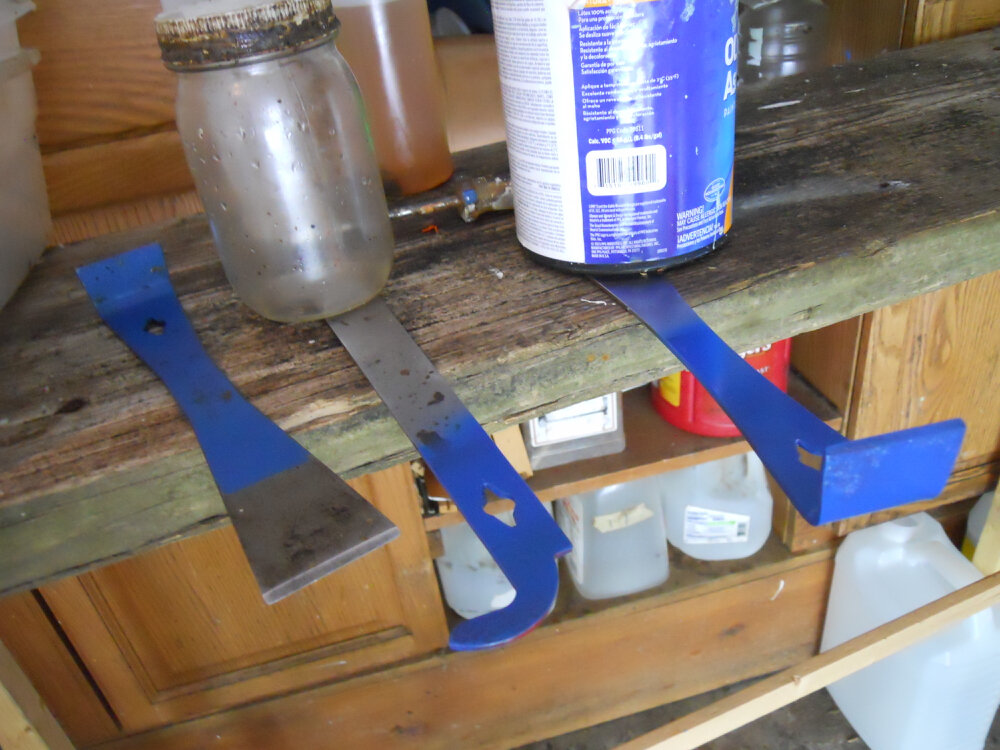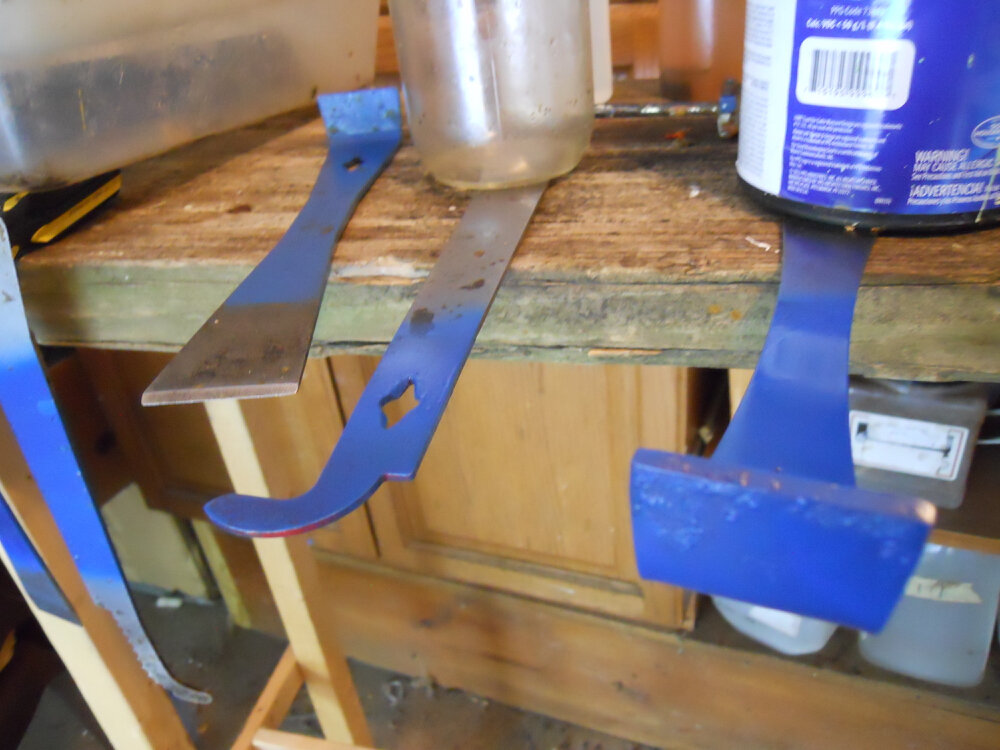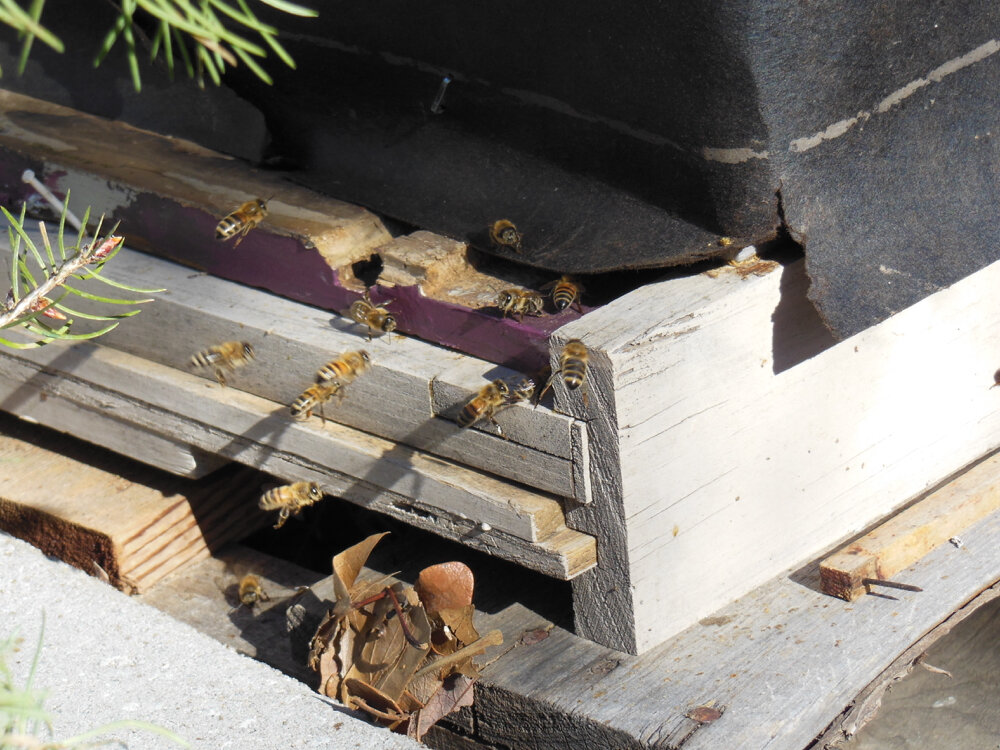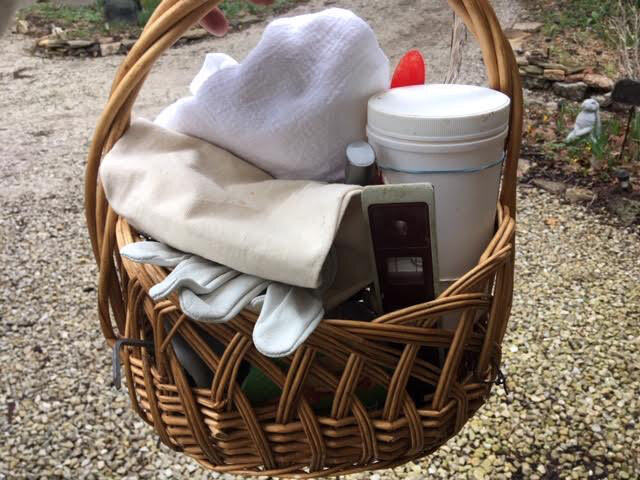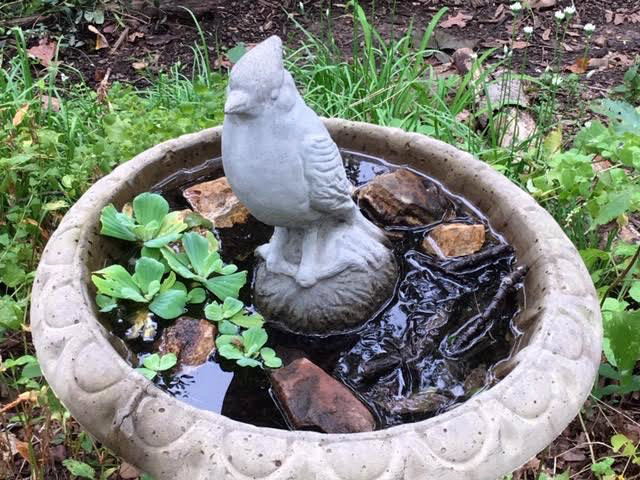Swarm Catching Tips
/Swarm is in the nuc, it’s right before a rain storm. (Photo by Charlotte Ekker Wiggins)
Swarm Catching Tips
It’s swarm season in Missouri. In the past it has started around Mother’s Day but this year we’ve had swarm calls for about a month earlier.
Bees swarm when the colony runs out of room. The colony raises a new queen. Once she’s eclosed, the old queen leaves with a percentage of the colony to start a new colony.
For the past three swarms, I have watched people put swarms in cardboard boot boxes and nucleus boxes (photo) without frames or with just one frame.
This nucleus box has two frames of drawn comb to entice a swarm. (Photo by Charlotte Ekker Wiggins)
That’s a good idea at first if you are cutting the swarm out of a tree but the best way to entice a swarm into your beekeeping equipment is to use a frame with drawn comb. Remember they are looking for a new home. Offering them frames of drawn comb means they can get started laying eggs and collecting nectar.
Or better yet, a frame with both open and closed brood (baby bees). Nurse bees travelling in the swarm will want to care for the brood and will want to stay with the frame you have included.
Also once the swarm is in the new home you have offered, add more frames so they have a structure to climb on.
I like to add at least 2 more frames of drawn comb and a frame of honey.
Here’s the swarm when it was settled in the boxwood. (Photo by Charlotte Ekker Wiggins)
Bees in a swarm tend to be docile in the first couple of days of swarming. As they run out of stored honey, they can become hungry and aggressive.
Once in the nuc and settled in their new home, feed them 1:1 sugar water so they have easy to access food.
If they are settling in during a nectar flow, they will soon prefer to bring in flower nectar than consuming the provided sugar water.








